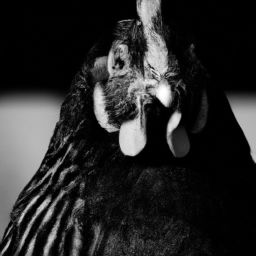384
Newsletter
Subscribe to our newsletter for exclusive content, latest news and trends, and exciting new features.
Categories
Health and wellnessArts and cultureLiterature and writingFood and cookingScience and natureGaming and esportsMusic and EntertainmentTechnologyEnvironment and sustainabilityPets and animalsHome and gardenTravel and tourism
Business and entrepreneurshipEducation and learningBeauty and personal careLifestyleEntertainmentSports and fitness



















Comments
Leave a Comment